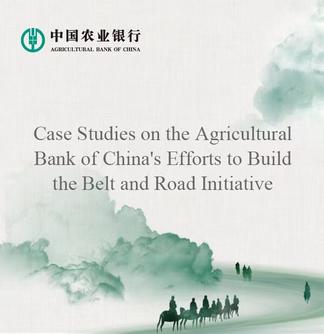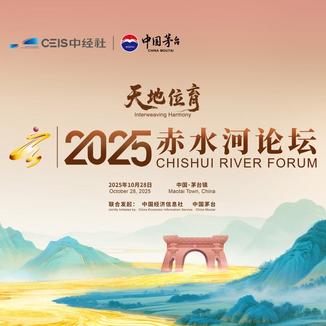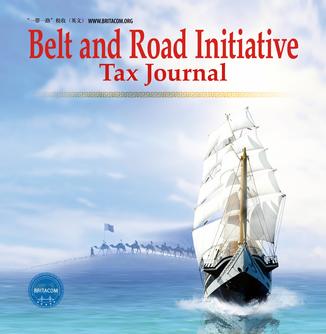A competition on the innovative combination of grape wine and local cuisine is held in Yinchuan, northwest China's Ningxia Hui Autonomous Region, July 25, 2024. (Xinhua/Yang Zhisen)
BEIJING, March 27 (Xinhua) -- The acquisition of a Chinese winery marks a significant milestone for the Australian company Treasury Wine Estates (TWE), one of the world's largest wine companies, said its chief executive officer Tim Ford.
Talking to Xinhua in an interview, Ford disclosed that TWE had completed its acquisition of a 75 percent equity interest in the Stone and Moon Winery Co. Ltd. in Ningxia Hui Autonomous Region, northwest China, earlier this month.
"This acquisition marks a significant milestone in our commitment to growing our presence and investing in the local wine industry in China, and we're excited about the opportunity it brings," Ford said while in Chengdu, the capital of southwest China's Sichuan Province, where he attended the China Food and Drinks Fair this week.
"Stone and Moon will play an important role in shaping our China country of Origin strategy, supporting the production of Penfolds wines, including Chinese Winemaking Trial 521, which already features Stone and Moon grapes as well as grapes sourced from Yunnan," he added. "We look forward to continuing to engage with the local Ningxia wine industry as our winemaking operations develop."
A woman stands at a window showing Chinese top liquor brand Moutai and Penfolds of Australia in Sydney, Australia, on Aug. 20, 2020. (Xinhua/Bai Xuefei)
Kang Xuanhao, founder of the Chinese winery, told Xinhua that he hoped the cooperation could "speed up the internationalization process of the winery, further improve its production capacity, and showcase the quality and unique charm of Ningxia wines to the world."
The acquisition illustrates the significance of Chinese wines in the wider global market.
Ningxia, renowned for its unique grape-growing conditions, has become China's largest wine-producing region and is gaining prominence on the global stage.
In the summer of 2024, the Ningxia Devo Winery had its sparkling wine exported to Japan. In December the same year, more than 18,000 bottles of red wine from the Castaly Winery were shipped to Thailand as the fourth batch to Southeast Asia.
In 2023, Castaly sent its first consignment of wine to Laos via the China-Laos Railway. So far, about 37,500 bottles of wine have made their way to the country, with total sales close to 2 million yuan (about 275,300 U.S. dollars).
"There is a big demand in Southeast Asia as many locals have a wine-drinking habit," said Ning Xiaokai, general manager of Castaly. "Besides, it is a major travel destination for people from Europe and America, and therefore, is a big market for wine."
Last year, Ningxia's wine exports amounted to 13.76 million yuan and 166,000 bottles, with year-on-year increases of 42.14 and 37.81 percent, respectively. China's wine exports totaled about 33 million U.S. dollars in 2024.
Wine barrels are seen in a cellar of the Dulaan Holiday Wine Stroll in Helan County, northwest China's Ningxia Hui Autonomous Region, Oct. 4, 2024. (Xinhua/Mao Zhu)
Shandong in east China is another major wine-producing region in China, of which Yantai City was recognized as an "International City of Vine and Wine" by the International Organization of Vine and Wine in 1987.
Last September, a Spanish company for the promotion and diffusion of wine culture, Guía Peñín, conducted ratings and exchanges with Chinese wineries. Adolfo Gatell Robledo, CEO of the company, visited Yantai.
"I felt like having a butterfly in my heart," he said. "I found the passion and eagerness here to make friends as I had many years ago." He noted that he had kept a Chinese wine cup on his desk, which was given to him by China's biggest wine producer, Changyu.
Two months later, at the 24th salon of best wine of Spain in Madrid, eight Chinese wines from Yantai, rated by Guía Peñín as above 90 points, were well received.
At the same time, China, with its increasing opening-up and growth of people's living standards, is seeing more demand for wine in the domestic market.
Visitors taste wine during the seventh China International Import Expo (CIIE) in east China's Shanghai, Nov. 6, 2024. (Xinhua/Zhang Jiansong)
"Chinese consumers are increasingly seeking higher-quality, luxury wines, and younger consumers are becoming more accepting of wine in general," Tim Ford told Xinhua.
His company's first bottle of Penfolds wine was exported to Shanghai in 1893. More recently, Penfolds' latest half-year results were led by outstanding growth in Asia, he noted, adding that the China market "continues to form an important part of our long-term growth strategy."
Big demand also drives up people's need for better winemaking technology.
Talking about their collaboration with their Chinese counterparts to promote winemaking technology and cultural exchange, Ford said that they recently celebrated the success of the inaugural Australia-China Winemaker Immersion program that saw three Chinese winemakers and a Master's student visit South Australia, a major winemaking region in the world.
"They gained hands-on experience in local viticultural practices, winemaking operations, sustainability projects, and a range of academic and industry activities," he said.




 A single purchase
A single purchase









